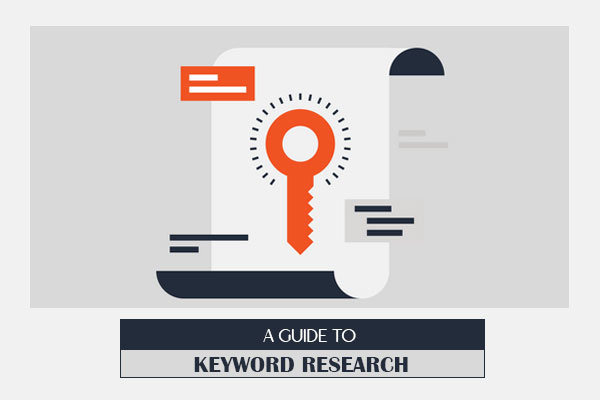A Guide to Keyword Research

A Guide to Keyword Research
The search engines have been reducing the importance of keyword relevance to rank on the top for many years.
It is not necessary to include your keywords title tags or headline tags (H1, H2, H3) in order to rank on top five in the search engine result pages. Usage of exact keyword phrases is also not required.
This doesn’t mean you should abandon the keyword research and focus on content. The goal of this article is to show how keyword research continues to be important but in a different way. There is a scientific way to understand how keywords are being used by search engines today can help you rank high and get more traffic
Define your Goals: What do you want to accomplish with your search traffic?
The search marketer makes a big mistake in defining success as more traffic. But more traffic should never be our goal. Increasing sales should always be the goal. The keyword strategy of an e-commerce website should try to solve the following sales problems as defined by Roger Montti
Examples of Typical E-Commerce goals
- Sales
- Feeding Different segments of the sales funnel
- Ad clicks and ad impressions
- Building awareness of your site, services and products
The first two categories directly solve the sales problem. The second two categories can be seen as consumer related because they generally revolve around solving a problem for consumers.
Focus on Traffic or Sales
Money Phrases
The advantage with money phrases is that it directly focuses on the keyword phrases with a high level focus on sales. For example “Buy mobile phones” or “ Where to buy mobile phones”
The money phrases are important because they directly result in a sale. But the problem with money phrases is that they are highly competitive to rank for. They are also associated with advertising revenues. That is why they are called money phrases.
Now as Roger Montti has given a technique to skip through the problem of money phrases traffic getting skimmed through advertising or PPC’s.
Anatomy of Money Phrases
Apart from the regular “buy” keywords there are other long tail money phrases that are important to rank for based on the close user intent to buy the product. The long tail money phrases has been divided into 5 categories
- Competitor Comparison
- Discount Price searches
- Product review and ratings
- Coupon code searches
- Searches for sales
Money Phrase and Site Architecture
Keyword relevance and money phrase keywords go together. It is better not to build the site architecture based on keyword relevance because google’s quality raters guidelines says “They are ranking web pages for their expertise, authority and trustworthiness”.
The alternate is to focus on authority building long tail phrases.
User Intend
Word and phrases have multiple user intend. The SERP’s are there to satisfy the user intent of most people. If the user who finds your web page or the intend mismatches you are never going to rank for that phrase at the top of the search results. Understanding the user intend will guide the purpose of the page.
The users intend should fully meet. This applies especially so for e-commerce phrases where the user intend to buy is clear.
Google Defines a Site that “Fully Meets” a User’s Needs
- The query and user need must be specific, clear, and unambiguous.
- The result must be fully satisfying for mobile users, requiring minimal effort for users to immediately get or use what they are looking for.
- All or almost all users would be completely satisfied by the result—users issuing that query would not need additional results to fully satisfy the user intent.
Use your keyword phrases in a way that results in better rankings.

